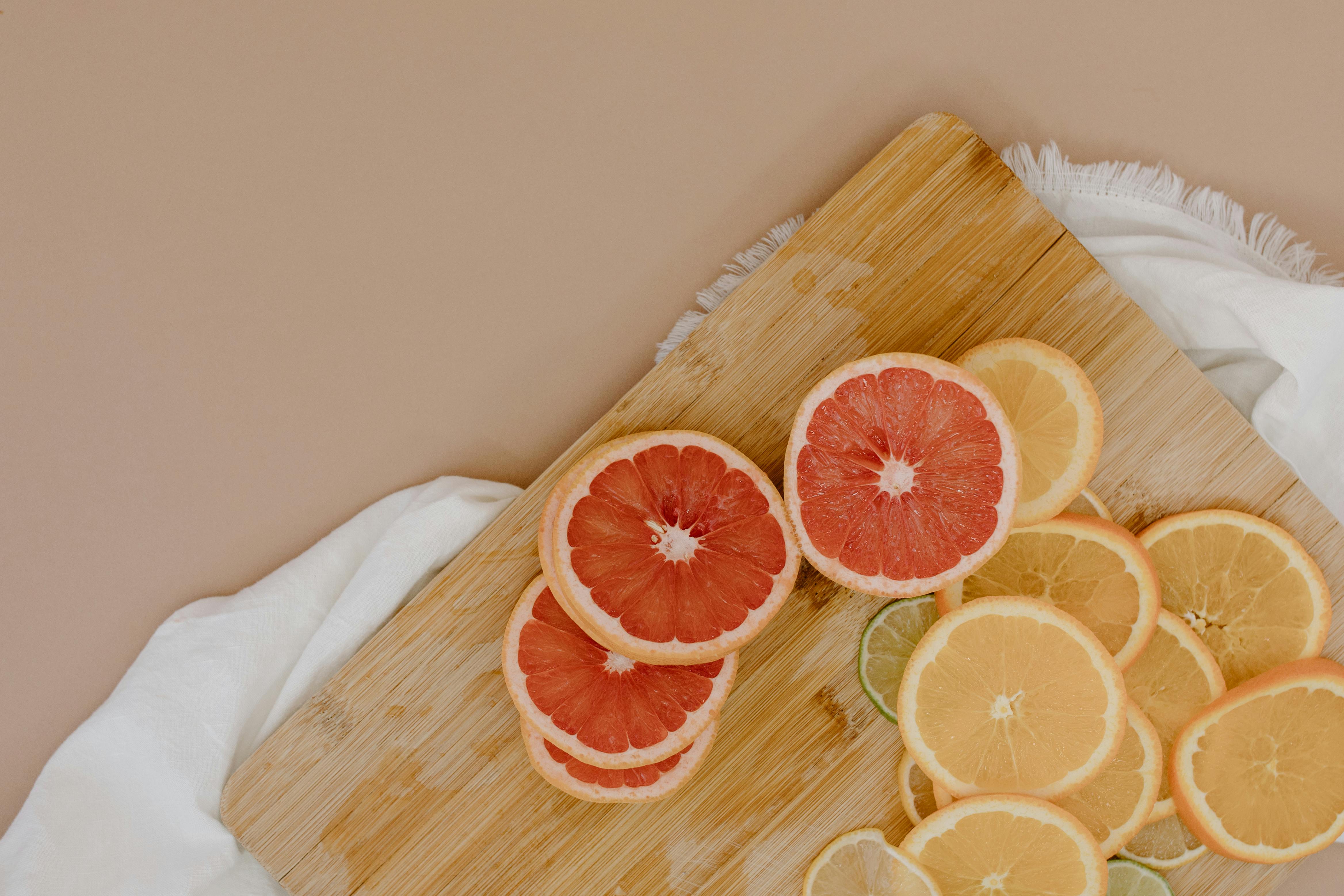Components
Components are the fundamental building blocks that encapsulate markup and functionality into independent and composable pieces. This page will explore some key concepts of components and demonstrate how to use them to build rich user interfaces.
Stateful Components
A Stateful Component is a function that takes a context and props as arguments and renders an element. These components may also utilize hooks to manage events, state and effects. Let's take a look at an example component.
We're going to create a simple component called example_button that takes an optional label and
renders a button. This guide will use Tailwind CSS to style components, but you can use any classes
or style framework you prefer.
import gleam/option.{None, Option, Some}
import sprocket.{type Context, render}
import sprocket/html/elements.{button, text}
import sprocket/html/attributes.{class}
pub type ExampleButtonProps {
ExampleButtonProps(label: Option(String))
}
pub fn example_button(ctx: Context, props: ExampleButtonProps) {
let ExampleButtonProps(label) = props
render(
ctx,
button(
[class("p-2 bg-blue-500 hover:bg-blue-600 active:bg-blue-700 text-white rounded")],
[
text(case label {
Some(label) -> label
None -> "Click me!"
}),
],
),
)
}
As you can see, we've defined our component and it's prop types. The component takes context and props as arguments and renders a button. If no label is specified, the button will render with the default label of "Click me!".
Because Gleam is statically typed, our component is guaranteed to receive the correct props. We can be confident that our component will render as expected without having to worry about a large category of runtime errors related to missing or incorrect props.
To use this new component in a parent view, we can simply pass it into the component function
along with the props we want to pass in. Let's take a look at an example of a page view component
that uses the button component we defined above.
pub type PageViewProps {
PageViewProps
}
pub fn page_view(ctx: Context, _props: PageViewProps) {
render(
ctx,
div(
[],
[
component(
example_button,
ExampleButtonProps(label: None),
),
],
),
)
}
Here is our rendered component:
That's looking pretty good, now let's customize the label to our button. We can do that by passing in a label prop to our component.
component(
example_button,
ExampleButtonProps(label: Some("Add to Cart")),
),
Excellent! Now our button has a proper label.
But our humble button isn't very interesting yet. Let's say we want to add some functionality to our button. We can do that by implementing some events and state management via hooks.
We'll cover events, state management and hooks more in-depth a bit later. For now, we'll just add a
simple state hook to our button component which will toggle the label when the
button is clicked. We'll call our new component toggle_button and instead of just taking a string
label prop, we'll give more control to the parent component by introducing in a prop called
render_label which we'll define as a function that takes the current state of the toggle and
renders the content of the button.
import sprocket.{type Context, type Element, render}
import sprocket/hooks.{state}
import sprocket/html/attributes.{class}
import sprocket/html/elements.{button}
import sprocket/html/events
pub type ToggleButtonProps {
ToggleButtonProps(render_label: fn(Bool) -> Element)
}
pub fn toggle_button(ctx: Context, props: ToggleButtonProps) {
let ToggleButtonProps(render_label) = props
// add a state hook to track the active state, we'll cover hooks in more detail later
use ctx, is_active, set_active <- state(ctx, False)
// define a handler function to toggle the active state
let toggle_active = fn(_) {
set_active(!is_active)
Nil
}
render(
ctx,
button(
[
class(case is_active {
True ->
"rounded-lg text-white px-3 py-2 bg-green-700 hover:bg-green-800 active:bg-green-900"
False ->
"rounded-lg text-white px-3 py-2 bg-blue-500 hover:bg-blue-600 active:bg-blue-700"
}),
events.on_click(toggle_active),
],
[render_label(is_active)],
),
)
}
We've added a state hook to track the active state of our button and a toggle_active event
handler to toggle the active state when the button is clicked. We've also added a render_label
prop to our component to allow us to customize the label of our toggle button depending on whether
the toggle is active or inactive.
Now let's use our new component in a parent view.
pub type PageViewProps {
PageViewProps
}
pub fn page_view(ctx: Context, _props: PageViewProps) {
render(
ctx,
div(
[],
[
component(
toggle_button,
ToggleButtonProps(render_label: fn(toggle) {
case toggle {
True ->
span(
[],
[
i([class("fa-solid fa-check mr-2")], []),
text("Added to Cart!"),
],
)
False ->
span(
[],
[
i([class("fa-solid fa-cart-shopping mr-2")], []),
text("Add to Cart"),
],
)
}
}),
),
],
),
)
}
Here is our rendered stateful component:
Stateless Functional Components
Not every component will require state management or hooks. In these cases a stateless functional
component can be used. Stateless functional components are just regular functions that encapsulate
markup and functionality into independent and composable pieces. The function is called directly
from the render function (opposed to using a component wrapper as seen previously with stateful
components). Let's look at an example of a stateless functional component that renders a product
card.
import gleam/float
import gleam/option.{type Option, None, Some}
import sprocket.{type Element}
import sprocket/html/attributes.{alt, class, src}
import sprocket/html/elements.{div, div_text, h5_text, img, li}
import sprocket/html/events
type Product {
Product(
id: Int,
name: String,
description: String,
img_url: String,
qty: String,
price: Float,
)
}
pub fn product_card(product: Product, actions: Option(List(Element))) {
let Product(
name: name,
description: description,
img_url: img_url,
qty: qty,
price: price,
..,
) = product
div(
[
class(
"flex flex-col lg:flex-row bg-white border border-gray-200 rounded-lg shadow dark:bg-gray-800 dark:border-gray-700",
),
],
[
div(
[
class(
"h-64 lg:w-1/3 overflow-hidden rounded-t-lg lg:rounded-tr-none lg:rounded-l-lg",
),
],
[
img([
class("object-cover w-full h-full"),
src(img_url),
alt("product image"),
]),
],
),
div([class("flex-1 flex flex-col p-5 gap-3")], [
div([class("flex-1 flex flex-col sm:flex-row")], [
div([class("flex-1")], [
h5_text(
[
class(
"text-xl font-semibold tracking-tight text-gray-900 dark:text-white",
),
],
name,
),
div_text([class("py-2 text-gray-500")], description),
]),
div([], [
div([class("flex-1 flex flex-col text-right")], [
div_text(
[class("text-xl font-bold text-gray-900 dark:text-white")],
"$" <> float.to_string(price),
),
div_text([class("text-sm text-gray-500")], qty),
]),
]),
]),
case actions {
None -> div([], [])
Some(actions) ->
div(
[class("flex flex-col-reverse sm:flex-row justify-end")],
actions,
)
},
]),
],
)
}
To render this component we call it directly from the render function, passing any arguments the
function takes, which in this case is a Product record and an optional list of actions, which we
will leave as None for now.
import gleam/option.{None}
import sprocket.{type Context, render}
import sprocket/html/attributes.{alt, class, role, src}
import sprocket/html/elements.{div}
pub type ProductProps {
ProductProps
}
pub fn product(ctx: Context, _props: ProductProps) {
let some_product =
Product(
id: 2255,
name: "Bamboo Cutting Board",
description: "This sustainable bamboo cutting board is perfect for slicing and dicing vegetables, fruits, and meats. The natural antibacterial properties of bamboo ensure a hygienic cooking experience.",
img_url: "https://images.pexels.com/photos/6489734/pexels-photo-6489734.jpeg",
qty: "12 x 8 inches",
price: 24.99,
)
render(
ctx,
div(
[class("flex flex-col")],
[
product_card(some_product, None)
]
),
)
}

Bamboo Cutting Board
You may have noticed that we are using a few functions named after HTML elements such as
div and img. These are Stateless Functional Components that are provided by the
Sprocket HTML module and are used to render HTML elements. You can find a full list of
available functions in the sprocket/html module.
Components as Building Blocks
Components can be composed together to create rich user interfaces. Let's take a look at an example
of a view that uses the toggle_button and the product_card components we defined earlier to
create a working product component.
import gleam/option.{None, Some}
import sprocket.{type Context, component, render}
import sprocket/html/attributes.{alt, class, role, src}
import sprocket/html/elements.{div, i, text}
pub type ProductProps {
ProductProps
}
pub fn product(ctx: Context, _props: ProductProps) {
render(
ctx,
div(
[class("flex flex-col")],
[
product_card(
Product(
id: 2259,
name: "Organic Aromatherapy Candle",
description: "Create a fresh ambiance with this organic aromatherapy candle. Hand-poured with pure essential oils, the fresh scent of citrus will brighten up your room.",
img_url: "https://images.pexels.com/photos/7260249/pexels-photo-7260249.jpeg?auto=compress&cs=tinysrgb&w=1260&h=750&dpr=2",
qty: "1 candle",
price: 19.99,
),
Some([
component(
toggle_button,
ToggleButtonProps(render_label: fn(toggle) {
case toggle {
True ->
span(
[],
[
i([class("fa-solid fa-check mr-2")], []),
text("Added to Cart!"),
],
)
False ->
span(
[],
[
i([class("fa-solid fa-cart-shopping mr-2")], []),
text("Add to Cart"),
],
)
}
}),
),
]),
),
],
),
)
}

Organic Aromatherapy Candle
As you can see, we've composed our stateless functional product_card component with our stateful
toggle_button component to create a somewhat trivial product listing. But this is the power of
components. They can be combined to create rich user interfaces.
Dynamic Components and keyed
Components can be conditionally rendered using case statements as seen in some of the previous
examples, but they can also be dynamically rendered as a list of elements using any of Gleam's list
functions such as list.map or list.filter.
It's important to provide a unique identifier using the keyed function when rendering a homogenous
list of element tags so that the diffing algorithm can accurately keep track of state when elements
are added, removed or reordered. Let's take a look at an example of a component that renders a list
of products, each with their own state.
import gleam/int
import gleam/list
import sprocket.{type Context, component, render}
import sprocket/hooks.{state}
import sprocket/html/attributes.{class, role}
import sprocket/html/elements.{button, div, keyed, li, text, ul}
import sprocket/html/events
pub type ProductListProps {
ProductListProps(products: List(Product))
}
pub fn product_list(ctx: Context, props: ProductListProps) {
let ProductListProps(products: products) = props
// Create a state variable to keep track of hidden products
use ctx, hidden, set_hidden <- state(ctx, [])
let hide = fn(id) { set_hidden([id, ..hidden]) }
let reset = fn(_) { set_hidden([]) }
// Map over the products and render a product component for each, filtering out hidden products
let products =
products
|> list.filter_map(fn(p) {
case list.contains(hidden, p.id) {
True -> Error(Nil)
False ->
Ok(keyed(
int.to_string(p.id),
li([class("py-3 mr-4")], [
component(
product,
ProductProps(product: p, on_hide: fn(_) { hide(p.id) }),
),
]),
))
}
})
render(
ctx,
div([], [
ul([role("list"), class("flex flex-col")], products),
..case list.is_empty(hidden) {
True -> []
False -> [
button(
[
class(
"mt-5 text-white bg-blue-700 hover:bg-blue-800 focus:ring-4 focus:outline-none focus:ring-blue-300 font-medium rounded-lg text-sm px-5 py-2.5 text-center dark:bg-blue-600 dark:hover:bg-blue-700 dark:focus:ring-blue-800",
),
events.on_click(reset),
],
[text("Show Hidden (" <> int.to_string(list.length(hidden)) <> ")")],
),
]
}
]),
)
}

Morning Bliss
A medium-bodied coffee with a balanced acidity that pairs perfectly with breakfast.$12.9912 oz bag
Sunset Serenade
A mix of Ethiopian and Kenyan beans, carefully selected for their bright berry undertones and floral aroma and roasted at a medium-dark level.$14.9910 oz bag
Island Breeze
A unique fusion of Indonesian Sumatra and Hawaiian Kona beans that are dark-roasted$17.998 oz bag
Zen Garden Blend
A mindful combination of shade-grown Colombian and Costa Rican beans, carefully roasted to a medium-light profile.$15.9916 oz bag
Mocha Madness
A decadent blend of Central American beans blended with premium cocoa nibs that are medium-roasted.$19.9912 oz bag
As you can see, we've defined a component that takes a list of products as props, and then renders a list of product cards. Each product card has it's own state (a boolean indicating whether an item is in the cart or not), and the product list also has state (a list of hidden product ids) so we can filter products from the list by clicking "Not Interested".
Because we are using the keyed function, the diffing algorithm can keep track of each product card
and will reconcile elements that have changed position, keeping their state in-tact. It's important
to use the keyed function whenever you are dynamically rendering elements or a list of elements
that may change.
A Note on Stateful Components
Stateful components are cheap and easy to create in Sprocket and that's great when they are needed! But it's important to remember that each new stateful component you create adds substantial complexity to your application. You can think of each stateful component as an integration point between state, effects and markup. As you add more stateful components to your application, you'll need to mentally track and manage the state for them, which can become complex and difficult to reason about over time.
When adding a new component, consider whether it truly needs to be stateful. If the state and event handlers can reasonably reside in a parent component and be passed in via props, then it's probably better to simply use a stateless functional component instead. This will help keep your application simple and easier to test and maintain.
Certain application views may only require a single top level stateful component to manage the state for the entire view, with all other components being stateless functions. Other more complex views or libraries may require a mix of stateful and stateless components to achieve the desired architecture, and that's perfectly fine. Just be mindful of the complexity you are introducing into your application with every new stateful component you create.